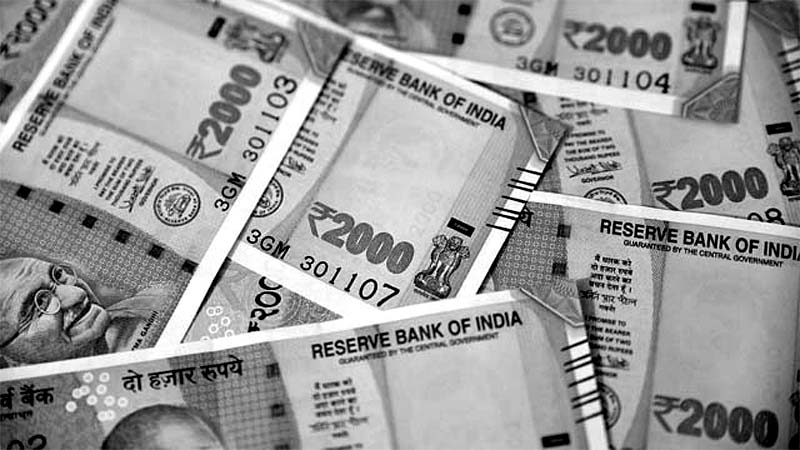India’s economic reforms in 1991 marked a significant shift towards liberalization, privatization, and globalization. Influenced by the ideologies of Ronald Reagan and Margaret Thatcher, the Indian government believed that reducing its intervention in the economy and embracing market-oriented policies would bring prosperity. While these reforms led to external economic viability, faster growth, lower inflation, and improved trade balance, they have also brought forth challenges such as sluggish manufacturing growth, job quality concerns, increased inequality, and reliance on China. Consequently, India has embarked on a more restrictive approach to trade, aiming to protect strategic industries, promote sustainability, and reduce dependence on foreign markets.
Shifting Winds in Trade and Manufacturing
In response to the challenges mentioned above, India has adopted a more interventionist approach in trade policies, including increased tariff rates, non-tariff barriers, and restrictions on Chinese products. This approach is a departure from the principles of liberalization and globalization espoused in the 1991 reforms. However, it is not a complete reversal but rather a change in direction, driven by a global trend where countries like the United States under President Trump and now under President Biden are rewriting trade agreements, offering massive investment incentives, and localizing strategic industries.
The Global Ripple Effect
The new wave of protectionism and nationalistic economic policies in the West has influenced countries across Europe to East Asia. Many major companies have increased investments in the United States, attracted by substantial incentives and support for manufacturing. Consequently, countries in those regions have followed suit, providing investment subsidies and imposing sanctions on China. China, in response, has retaliated with export bans on crucial substances such as gallium and germanium, which are vital for electronics, electric vehicles, and telecommunications.
The Cost of Divergence
The move away from reliance on China comes at a significant cost for governments worldwide. Subsidies for electric vehicles in the US and Europe amount to approximately $7,500 per vehicle. Germany has provided $10 billion in incentives to Intel for setting up a chip plant, and companies like General Electric are returning to manufacturing with renewed focus. This trend is likely to lead to substantial investments in new manufacturing units across key sectors globally.
Unforeseen Challenges and Implications
While these policies aim to reduce risk and increase diversification, potential challenges loom on the horizon. Excess capacity in manufacturing sectors and the possibility of trade wars are concerns that could impact protected and subsidized markets. Additionally, increased duties may lead to inflation and make products more expensive for consumers. Tit-for-tat measures and the risk of increasing government debt further complicate the situation, potentially harming neighboring countries.
India’s Dilemma
India finds itself in a similar position to other countries, grappling with the need to navigate these complex dynamics. To avoid being trapped in shallow waters, India must strike a delicate balance between import substitution and generating employment through manufacturing. By prioritizing job creation and fostering industries like mobile phone assembly, India has the potential to achieve both goals simultaneously. However, the country must resist the temptation to rely solely on import substitution and should focus on increasing supply diversity and reducing risk.
Conclusion
The evolving global economic landscape, characterized by shifting winds of protectionism and the desire for self-sufficiency, has prompted India to reassess its economic strategies. While the Indian government aims to protect strategic industries, reduce dependence on China, and promote sustainability, the implications of such policies remain uncertain. It is essential for India, along with other countries, to carefully consider the potential risks and challenges associated with these changing dynamics. By adopting a balanced and pragmatic approach, India can strive to achieve economic growth, job creation, and resilience in the face of a rapidly evolving global economy.

